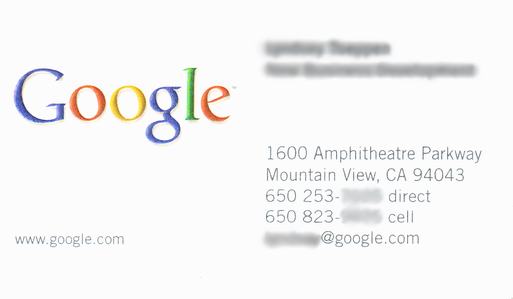“Having an attractive and well-designed website for your business creates opportunity to influence people’s mindset and help you generate more sales” –Author Unknown
In today’s modern age, having an interactive and responsive web design is the pinnacle of contemporary digital marketing.
After all, with a significant fraction of your business prospects lurking on social media websites and on the internet, it would be an immense oversight not to take your business online. Indeed, giving your business an online presence is an avenue for generating more customers and expanding your business. However, it is not enough that you create a website; your website would also need to be responsive as well as interactive. This is where web design comes in as when it comes to a cohesive and seamless experience, a website’s design is paramount. In fact, it has been proven that nothing converts leads to purchases better than interactive web design. In this regard, it would be prudent to partner up with digital marketing services in the Philippines to ensure that you only give the best experience online. After all, what your prospective customers would see on your website reflects on you and your business.
Furthermore, it gives them a glimpse of who you are and what your business is about—a first impression if you may. Interactive web design focuses on other web elements that traffic interacts with (links, buttons, shopping carts, etc.). If your coding is all bungled up, your customer might get linked elsewhere or would not be able to check his or her shopping cart out—potentially causing you to lose business. With this in mind, one can say that an interactive web design is just as important as the design itself. After all, apart from being easy on the eyes, it should be easy to use as well.
In any case, here are the ways a responsive and interactive web design would help your business grow:
- Your website can reach a wider audience
Today, having a mere online presence does not make the cut. With more and more people accessing the Internet through their smartphones, it is imperative for you to take that step as well or run the risk of losing potential customers. However, know that desktop use is not going away anytime soon. With this in mind, it is essential that you optimize your website for both desktop and mobile use. Both users should be able to access your website seamlessly and make purchases regardless of what their preferred device is.
- Communicate with customers easily
Owing to their immense popularity, social media—regardless of their platform—would already have an app or mobile site. Seeing as majority of your prospective customers are lurking within these social media pages, you should exploit that by incorporating the same convenience onto you website. Have a link that redirects them to your Facebook, Twitter and other social media accounts to communicate with them better. Alternatively, you can integrate an application on your website that facilitates communication between you and your customers. Remember, users these days would prefer brands that interact with them as they need engagement.
- Your website loads quickly
If you wish to stay on the competitive edge of the digital marketing frontier, your webpage has to load quickly. Think of your users as having the attention span of a goldfish which realistically does not last for nine seconds. They are fickle and easily bored and if you do not make those nine seconds count then they are going to leave and take their business elsewhere. With “elsewhere” being your competitors’ websites. With this in mind, ensure that your load time is quick. With that in conjunction to good SEO, you will have a better traction on your audience.


 unique to your specific industry and market.
unique to your specific industry and market.



 What is “print collateral”? Print collateral is a term that includes business marketing items such as business cards, letterhead, capability brochures, fliers, postcards, folders, direct mail, signage, and more.
What is “print collateral”? Print collateral is a term that includes business marketing items such as business cards, letterhead, capability brochures, fliers, postcards, folders, direct mail, signage, and more.